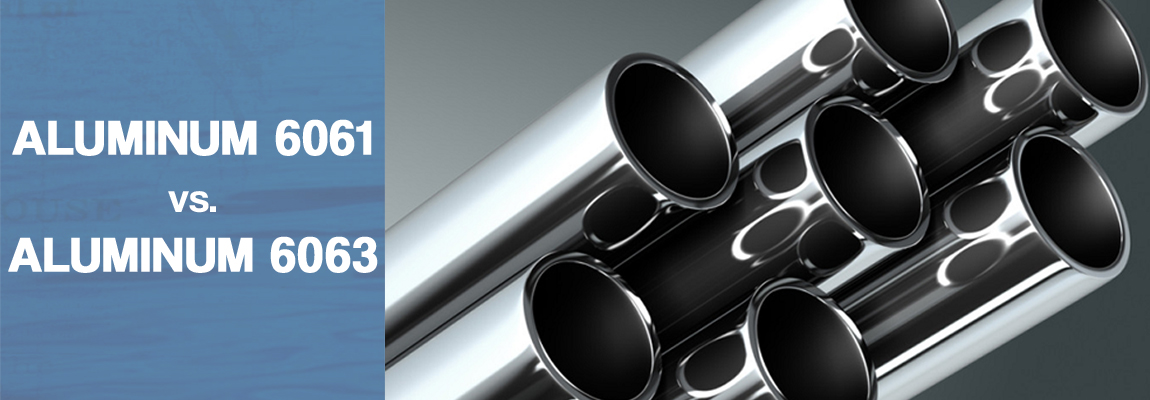Choosing a wakeboard tower is hard. With several wakeboard tower styles, finish options, mounting options, and material offerings (just to name a few) how can anyone choose? The options can be daunting. Two of the most popular material options when it comes to wake towers are 6061-T6 aluminum and 6063-T6 aluminum. But which is better, 6061-T6 or 6063-T6 aluminum? Read on to learn about aluminum 6061 vs 6063, the properties, benefits and uses of each, and determine which is right for you. We understand and we are here to try to help shed some knowledge on these subjects.
For wakeboard towers you will see a lot of manufacturing companies choose aircraft grade aluminum for their assemblies. Why? Well, to begin, it is very durable and incredibly versatile. Let’s also add to the list how cost effective it is than other materials, we all love cost effective! While stainless steel is also a preferred material for many reasons, and was our choice for many years, it hasn’t always remained cost effective. So why did we switch to only 6061-T6 aircraft grade aluminum? Let me tell you.
Aluminum Alloy 6061
Developed in 1935, aluminum 6061 is one of the most versatile aluminum alloy options. This is because it can be fabricated by many techniques, offering great workability as well as a range of mechanical properties. Aluminum 6061 is a precipitation-hardened alloy, meaning it is strengthened during a heat treatment process. Available in many grades, including tempered 6061-T6, which is what we use. Further, 6061 exhibits a high level of corrosion resistance, and is highly weldable. However, brackish and salt-water environments still require a coating to help evade corrosion, like an anodized, clear-coat, or powder coated option. We recommend the powder coated option if you will be in that kind of environment.
Overall, aluminum 6061 is a good alloy choice for projects requiring a stronger material strength or structural support. Common uses for aluminum 6061 are bicycle frames, motorcycles, small utility boats and so much more.
Aluminum Alloy 6063
Aluminum 6063 is widely recognized for its weldability and heat treatability, as well as for its ability to resist corrosion. Sounding familiar? However, the uses of aluminum 6063 are not typically as general as 6061. Its primary uses fall within the interior and exterior architectural application fields. Those like window frames, door frames, signage, etc. Another valuable characteristic of aluminum 6063 is its successful use for custom aluminum extrusions. This alloy makes possible the creation of complex shapes with smooth surfaces, that can be used for visible elements of premium casework, angles, corners, coves, out corners, bar & face nosing, and architectural trim. The specific mechanical properties of aluminum 6063 vary depending on the temper.
What does T6 mean for aluminum?
The T6 temper designation refers to the temper or degree of hardness. This means that the aluminum alloy has achieved precipitation hardening, in other words it has been given a solution heat treatment followed by quenching, cooling, and aging. Artificially aging the material allows for maximum strength.
Aluminum 6061-T6 has a higher yield strength and fatigue strength when compared to Aluminum-T6 6063. For example, in comparing aluminum alloy 6061 t6 vs 6063 t6, we know that 6061 t6 has an ultimate tensile strength of at least 42,000 psi and yield strength of at least 35,000 psi. This is compared to the 6063 t6 ultimate tensile strength of at least 28,000 psi and yield strength of 23,000 psi.
With all that information, we choose to use aluminum 6061-T6 for its ease of fabrication, light weight, and added strength. Giving us strong, dependable, and appealing wake towers without adverse effects of installing it on your boat.

